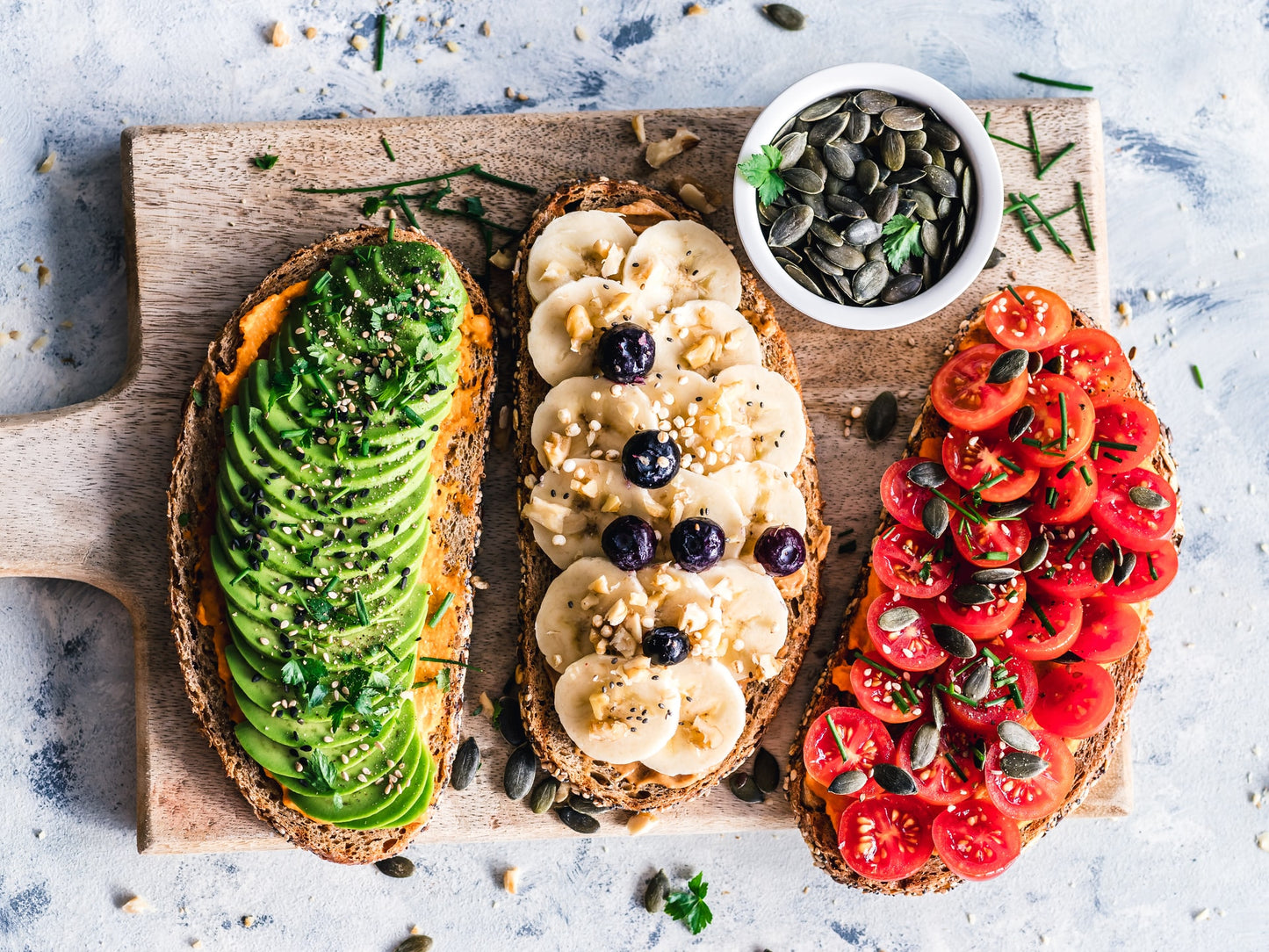
The short answer is: not necessarily. It actually depends on many individual factors–what the rest of your diet looks like, what you are using the protein powder for, your age and even health status.
Somewhere on the internet you may (or may not) have come across information about plant proteins being “incomplete” proteins. While this is entirely true and normal for plant proteins, it by no means makes plant proteins like Growing Naturals rice and pea “bad” proteins. Nor does it automatically mean that your body cannot use the protein when you consume them individually.
Technical information aside, all “incomplete” really means is that it cannot be your sole source of protein. It should be mixed with other sources of protein (but it doesn’t even have to be in the same meal–just within the same day)–the CDC and Academy of Nutrition & Dietetics recognizes this.
Consuming incomplete proteins is actually really common. It’s much like when you eat slice of bread and butter; oatmeal cooked with water; or a handful of almonds. These are all incomplete proteins.
When you Don’t Need to Combine
If you are a typical American adult who consumes various sources of protein (especially if you eat dairy- or animal-based proteins) on a daily basis, then you don’t have to worry about eating or completing any “incomplete” proteins. In the same manner, you don’t need to mix Growing Naturals rice protein with pea protein or vice versa. When it comes to plant protein powders you can consume the one you prefer, especially if it is just used as an occasional supplement to your diet. The amino acids from animal- or dairy-based proteins consumed throughout the day would help your body “complete” (and use) the amino acids obtained from rice, pea or other plant protein (from whole food or powder).
For example, in 2013, a clinical study showed that Growing Naturals rice protein functioned similarly to whey protein as a post-workout supplement. Despite being “incomplete” from low lysine levels—those supplementing with rice protein had increased muscle mass, strength and muscle recovery just as good as those supplementing with whey protein, when used after an 8 week cycle of strength training. Whey protein did not produce additional benefit over the rice protein.
If you are a vegan or vegetarian adult who consumes or is planning to consume a single-source plant protein powder such as rice protein, then you would just have to make sure you are eating bean/pea/legume-based protein sources throughout the day as well. This can either be in whole food form or protein powder if you prefer. For example, if you had rice protein in a smoothie for breakfast, you could have a cup of baked beans (legume-based protein) in the afternoon. If you prefer the pea protein powder, then you would want to make sure to get enough grain-based foods in your diet (oats, brown rice, quinoa, bread, etc.).
When it’s Best to Combine
There are certainly cases when it is definitely best to mindfully combine incomplete plant protein sources in the same meal/smoothie–and this mainly affects people who have heavy dietary restrictions or are limited in the protein sources they can consume.
For example, infants and children don’t eat in the volumes or variety that adults do, so whatever protein they do get should be “complete” because their bodies are constantly growing and rely heavily on the right amount of each essential amino acid. For children it is always best to obtain protein sources from whole foods, but when that is not possible (from dietary restrictions, multiple food allergies, or other medical condition, etc.) then a mixture of rice and pea protein may be appropriate so long as the child’s pediatrician or health care provided approves.
The same goes for older adults whose appetites typically diminish and who are no longer eating the same volumes they did as middle-age adults. They would also benefit from combining powdered rice and pea protein if whole food is not an option.
Vegans or vegetarians who are not versatile in their protein sources or who have very high protein needs (e.g. athletes) are also good candidates for mindfully combining complementary plant proteins or protein powders to ensure that they are getting sufficient amounts of each essential amino acid.
How to get Complete Plant Protein
To get a complete plant protein, complementary sources (e.g. grains and legumes) should be consumed in similar protein-providing ratios. If you get 5g protein from oats, you’ll need 5g of protein from a legume source. This is easier with protein powders than with whole food sources whose protein content isn’t always known. However, an approximation is good enough. For example, Growing Naturals rice and pea proteins should be mixed at a 1 to 1 ratio. In other words, if you have 15g pea protein (1 scoop) then you’d want to mix it with 15g of rice protein (1 scoop).
Bottom Line
Your body is smarter than you think. Don’t stress out about combining incomplete plant proteins unless your protein sources are very limited or if you are only eating very small volumes of food/protein. Needless to say, you should always consult your Registered Dietitian or health care provider about using supplements because everyone’s health and needs are different.
By: Scarlett Full, in-house Registered Dietitian
